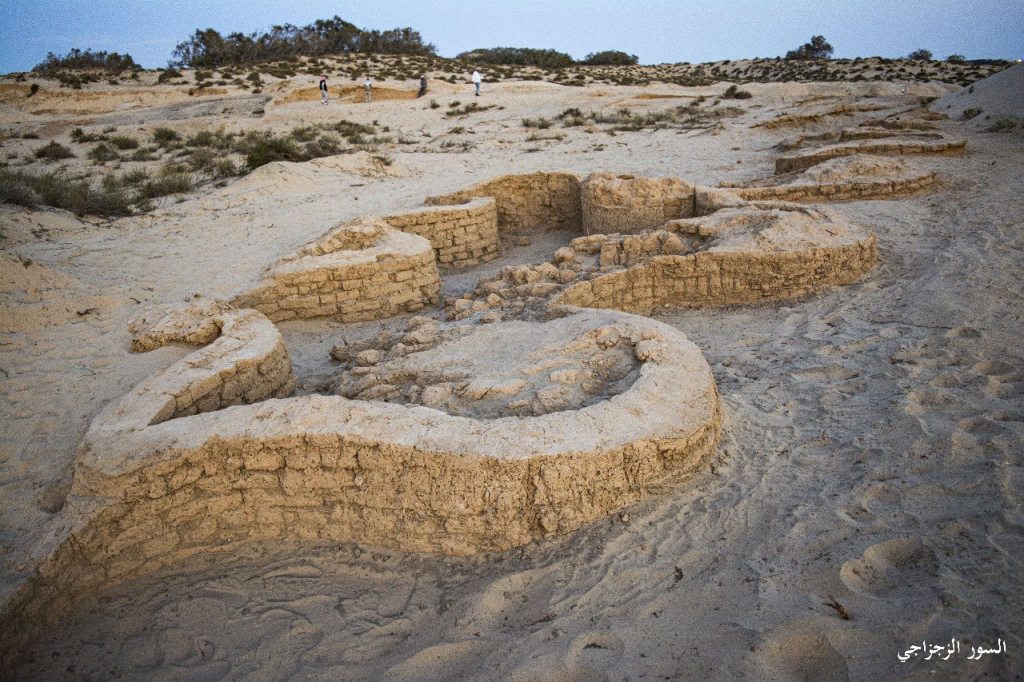Archaeologists in Egypt have discovered a new military fortress described as “one of the largest and most important castles discovered on the Horus War Road, located near the Mediterranean coast,” according to the country’s Ministry of Tourism and Antiquities.
The military fortress is located in the Sheikh Zayed region of North Sinai, dates back to the New Kingdom period (circa 1550–1070 BCE) and measures approximately 8,000 square meters—about three times the size of the castle discovered at the same Tel Kharouba archaeological site in the 1980s. The location of that previously discovered fortress is about 700 meters (765 yards) southwest of the newest fortress.
Related Articles

According to Archaeology Magazine, the fortress was “part of a chain of forts built to secure the borders and protect the main routes between Egypt and Palestine and the Levant.”
Excavation work by archaeologists revealed part of a southern wall that is about 105 meters long (345 feet) and 2.5 meters wide (8.2 feet), with a sub entrance a 2.20 meters wide (7.2 feet), as well as eleven defense towers. The fortress’ northwest tower as well as sections of its northern and western walls were also uncovered.
On the west side of the fortress, archaeologists also found a 75-meter-long glass wall, “dividing it from north to south and surrounding a residential area reserved for soldiers, a distinctive architectural design in the modern state era that reflects the capability of ancient Egyptian architecture on adapting to the harsh environment.”
In terms of artifacts, archaeologists found “foundation deposits below one of the towers dating back to the first half of the Eighteenth Dynasty, as well as a vase hand stamped with the name of King Thathmus I.” There were also volcanic rocks likely from volcanoes on Greek islands, as well as a large bread oven and large quantities of petrified dough, “confirming that the fortress was an integral centre of the soldiers’ daily life.”
Preliminary studies have also shown the fortress had gone through several stages of restoration, repair and redesign over time, including more than one modification in the design of its southern entrance.

